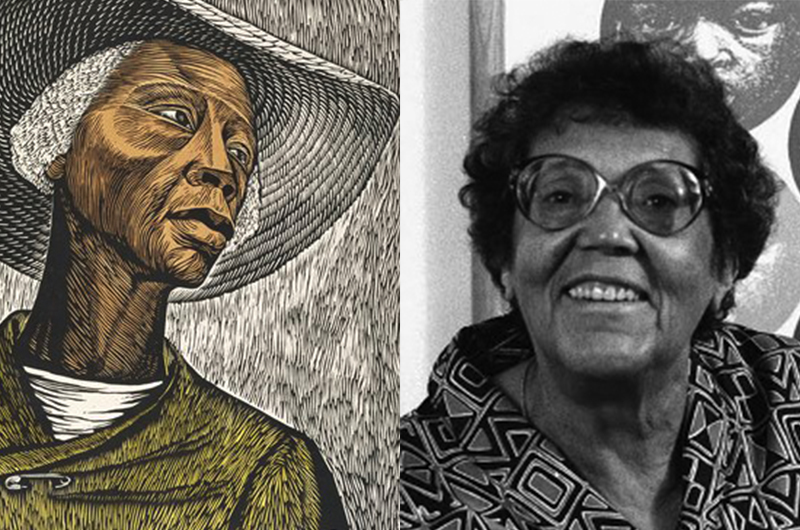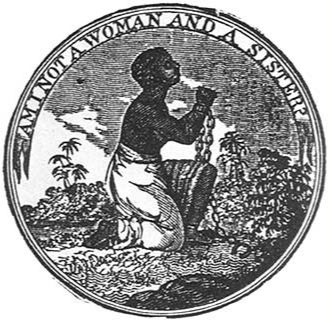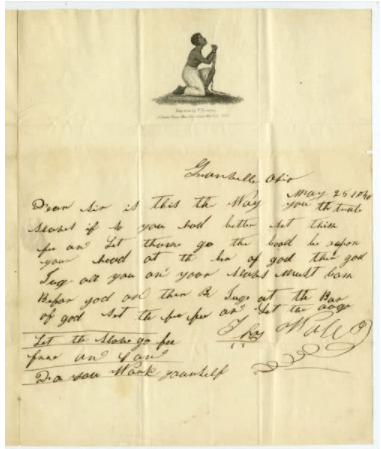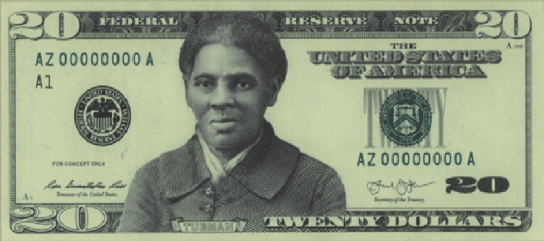Nov 29, 2021 | Middle School Archive-Visual Arts, Middle School-Visual Arts


Image to the left: Elizabeth Catlett Special Houses
Image to the Right: Fairey’s Guts Not Glory, above, depicts a medical professional armed with a stethoscope in his graphic, color blocked style.
Visiting Imagery in a Narrative: This Learning Cycle takes a look at printmaking imagery of the past and present. Students draw connections between the printing press and free speech through visual art by analyzing the styles and messaging of Shepard Fairey, Elizabeth Catlett, and Patrick Reason.
Shepard Fairey’s 2016 Poster campaign supported women’s role in voting and the timely introduction of more female candidates into new political offices than ever before. He also chose his portrait sitters strategically to highlight the diversity of our growing population in light of exclusionary US foreign and domestic policies.
Learn more about Shepard Fairey’s work here.
Spotlight Artist: Who is Elizabeth Catlett?
Elizabeth Catlett was a prolific printmaker. Her artwork and interests ranged from capturing the experiences of African American life to a more specific focus on women as well as the life of Latin Americans in her adopted country of Mexico.


Patrick Reason was an early abolitionist engraver. Reason, an African American, was born a free man in New York and studied the art of engraving at the African Free School in New York. He became an established engraver known for his letterhead pieces which traveled on stationary as far and wide as the British Monarchy.
Looking at abolitionist letters at the Anti-Slavery Manuscripts Project, you will come across a few letters that are printed on interesting stationery. Some abolitionists wrote their personal letters on letterhead with anti-slavery drawings. Sometimes, they used this stationery strategically when writing to individuals who held opposing views on emancipation. “- Boston Public Library
Read more about Reason’s role in antislavery through this article published by the Boston Public Library here.
Originally published August 21, 2018
Boston Public Library Collections
Printmaking & Engravings as Further Protest: An Early Study of Abolitionist Practices

The engraving featured at the top of this letter and top left was made by Patrick Reason, a prominent African American Engraver of the time.
Instructional Resources

Google Document
This Lesson Seed
Teaches symbolism and connects to current and historical events
Supports students in imagining and designing their own currency
